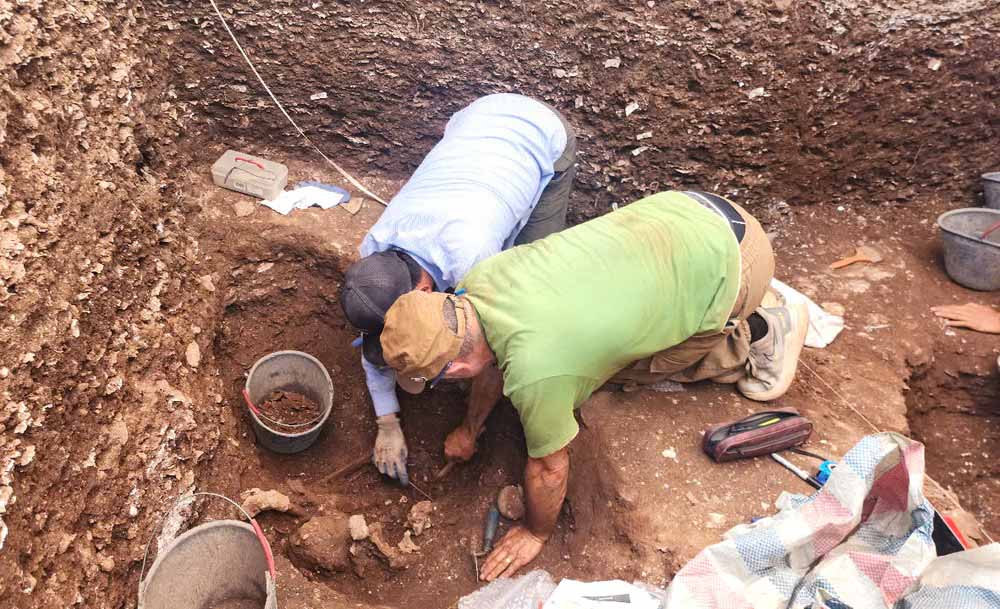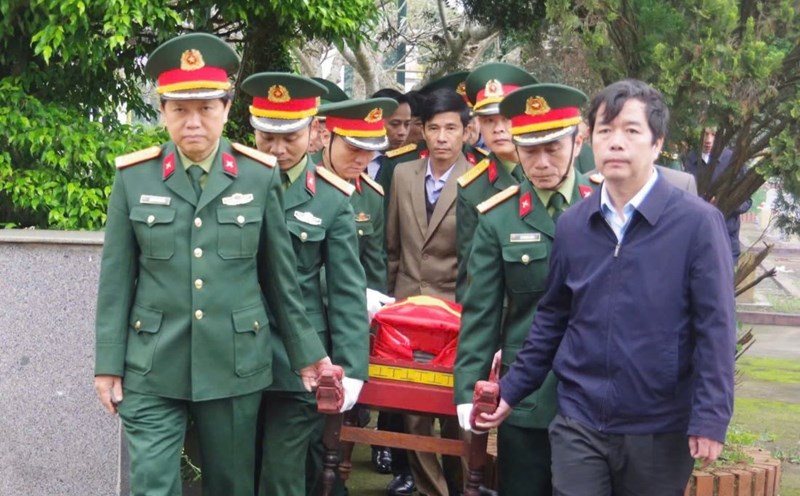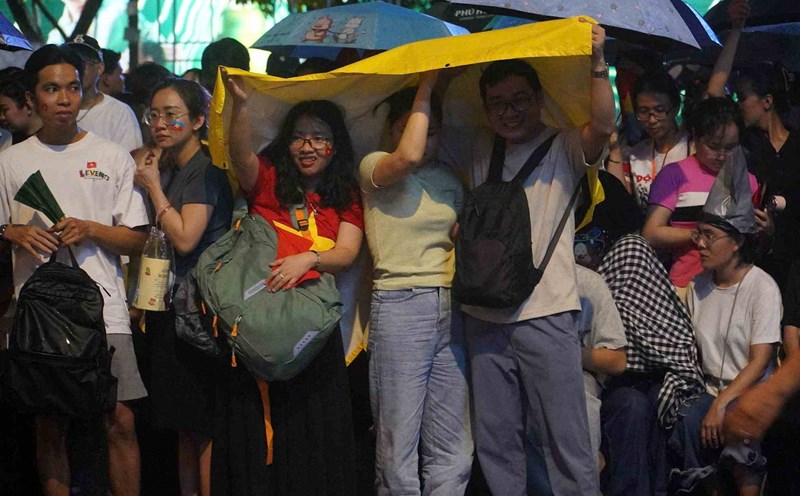On April 22, information from the Department of Culture, Sports and Tourism of Nghe An province said that the unit is coordinating with the University of Social Sciences and Humanities (VNU Hanoi) and international experts to conduct excavation at the Quynh Van archaeological site. After more than a month of work, the archaeological team opened 2 excavated holes with a total area of 18m2, collecting many valuable artifacts such as stone cages, scraps, grinding plowers, cookbooks, bone tools and many soft shells.

In particular, the outstanding discovery was 9 sets of ancient remains lying at a depth of about 3m, buried in a knee-down position - a popular burial method of residents in prehistoric coastal times. Each set of piles is about 50cm apart; there are 3 piles stacked on top of each other, separated by a thin layer of soil and shells and snails. In addition, archaeologists have found jewelry made from the shells of the living thing in some burials.
According to the preliminary assessment of experts, the simultaneous discovery of many graves, remains and typical artifacts is valuable evidence, contributing to clarifying the cultural life, beliefs and burial practices of the original residents in this area.
All artifacts and remains will be taken for radioactive carbon inspection (C14) to determine the exact date. Based on this result, the expert group will propose expanding the scale of excavation in the coming time.
It is known that Quynh Van relic is the first place to discover an ancient culture named Quynh Van, associated with the places where the scallops were excavated by French archaeologist Madeleine Colani since the 1930s. In 2017, this relic was ranked as a National Monument by the Ministry of Culture, Sports and Tourism.
The continued discovery of valuable archaeological evidence further affirms Quynh Van's stature as a "red address" in researching Vietnamese prehistoric culture.











